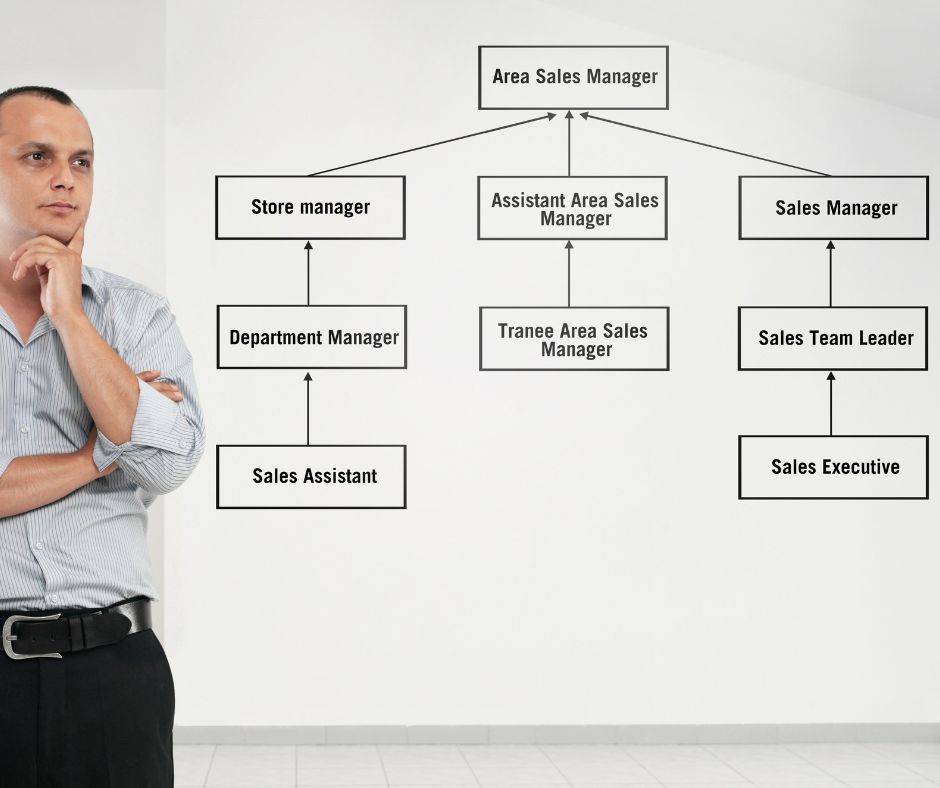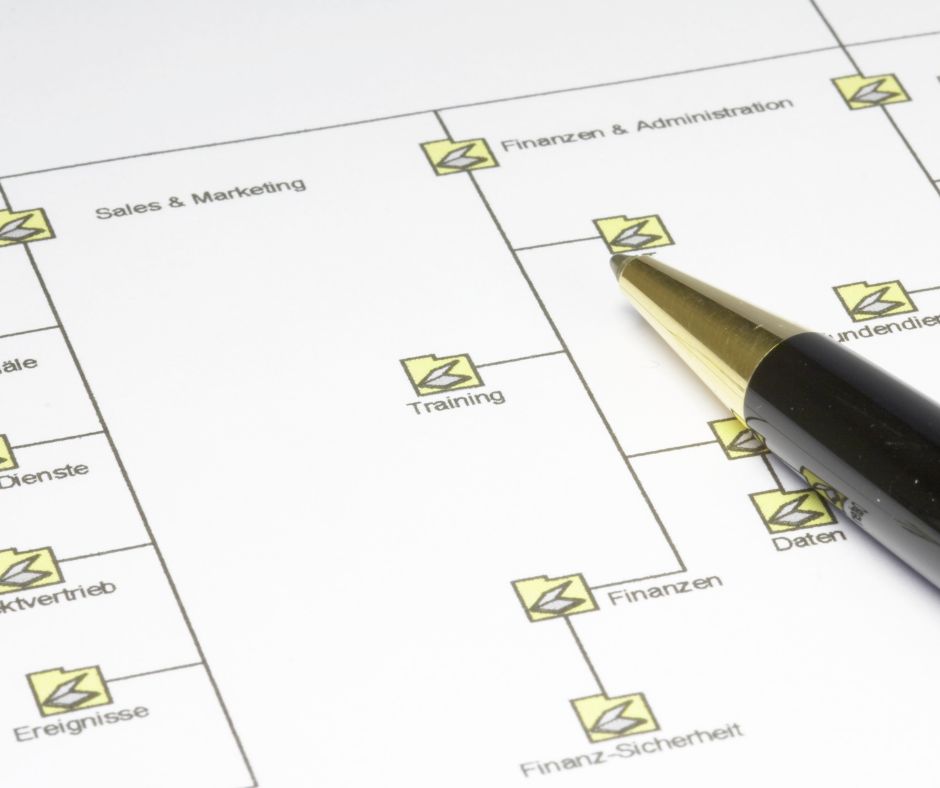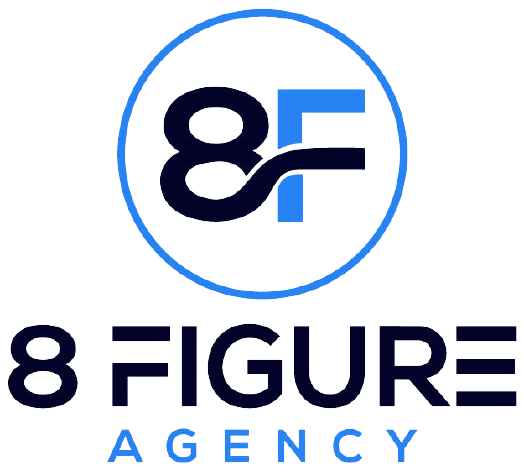In any organization, having a stable foundation is crucial for success. A well-structured organizational chart is an essential tool that provides clarity and order to the company’s hierarchy and responsibilities. However, many businesses make the mistake of not utilizing org charts correctly.
In this article, we will provide an org chart overview, the proper way to use them, and how to upgrade them. We will also examine the impact of org charts on individual and company-wide performance and provide best practices for creating and maintaining an effective org chart.
Common Use and Misuse of an Org Chart
You must differentiate between the proper use and misuse of an organizational chart.
Common Perception of an Org Chart: Who Reports to Whom?
The most common use of an organizational chart is to illustrate who reports to whom in a company. It provides a visual representation of the chain of command, making it easier for employees to understand who their direct supervisor is.
It also helps to keep everyone on the same page and accountable for their work. Additionally, it can show who is in charge of certain tasks or departments.
Importance of Properly Using an Org Chart to Create a Stable Foundation
However, the purpose of an organizational chart extends beyond depicting the chain of command. Create org charts to form a stable foundation for a business by defining roles and responsibilities, establishing KPIs for each position, and promoting individual accountability.
Not to mention, org charts can also be used to identify areas of improvement, track progress and performance, and recognize growth opportunities. To build a strong foundation, businesses must look beyond the superficial aspect of organizational charts and focus on how they can be used to build a strong team.
Misconceptions of an Org Chart’s Purpose and Potential
The misuse of an organizational chart is often due to misconceptions about its purpose and potential. Some believe that org charts are only necessary for large companies or corporations.
However, any business, regardless of size, can benefit from clear and concise org charts. Others see an organizational chart as a static document, failing to realize that it should evolve as the company grows and changes.
The Proper Use of an Org Chart
Now that we’ve discussed the common misconceptions, let’s focus on how to properly use an org chart.
Defining Roles and Responsibilities Through the Org Chart
One of the primary purposes of an organizational chart is to define the roles and responsibilities of each position in the company. By doing so, employees have a clear understanding of their job duties, promoting efficiency, and avoiding duplication of effort.
You can also use job descriptions to further define the roles and responsibilities of each position. This ensures that everyone understands their part in achieving company goals.
Establishing KPIs for Each Position in the Org Chart
KPIs or Key Performance Indicators are measurable metrics that define the success of an individual or team’s performance. Including KPIs in the organizational chart not only promotes individual accountability but also helps to align the company’s goals with the individual goals of each employee.
In addition, including KPIs in the organization chart can help to track progress and identify areas of improvement across departments. This helps to ensure that the company is running smoothly and achieving its goals.
Importance of KPIs for Individual Accountability and Agency-Wide Growth
Individual accountability, when combined with well-defined KPIs, provides employees with agency and autonomy, leading to increased job satisfaction and growth opportunities. Agency-wide growth is also promoted as each employee contributes to the success of the company.
The Different Types of Organizational Charts
Whether you need an org chart to define roles, establish KPIs, or both, there are several types of organizational charts that you can use.
Flat Organizational Chart
A flat organizational chart or flat org chart is typically used for small companies and teams. In this type of chart, each employee reports directly to the top-level position or leader.
Hierarchical Organizational Chart
The hierarchical org chart is more common for larger companies, where there are multiple layers of leadership. Here, each employee is assigned to a specific department and reports directly to the leader of that department.
Functional Organizational Chart
The functional org chart is typically used for companies that have multiple departments and divisions. Here, each employee is assigned to a specific role or job function, such as sales team, marketing team, or project managment.
Matrix Organizational Chart
The matrix org chart is used by companies that have multiple teams or divisions and need to assign roles and responsibilities across multiple departments. A matrix organizational chart is designed to provide a clear overview of the company structure, allowing employees to see how their roles fit into the overall organizational structure.
Horizontal Organizational Chart
The horizontal org chart is used in companies where the roles and responsibilities are shared across multiple departments. This type of chart helps to visualize how each team is connected, as well as how each team and department contributes to the success of the agency house.
Upgrading Your Org Chart For Growth and Change

You must remember that an organizational chart should evolve as the company grows and changes.
Step 1: Designate Tasks and Specialties Below Each Position Title
Upgrading your organizational chart involves adding detailed information about each position, including specific tasks and areas of specialty. This information ensures that each employee understands their role in the company and how they contribute to the company’s success.
Step 2: Hyperlinking Positions to a Comprehensive KPI Assignment
The next step in upgrading your organizational chart is to hyperlink each position to a comprehensive KPI assignment. This assignment includes individual and team performance metrics, helping to promote individual accountability and agency-wide growth.
Benefits of Upgrading Your Org Chart
Upgrading your organizational chart has numerous benefits, including improved communication, more efficient workflows, and increased employee satisfaction. It also allows for easier onboarding of new employees and provides a clear path for career advancement.
Also, upgrading your organizational chart helps to align the goals of each employee with the company’s overall mission, leading to increased productivity and enhanced team performance.
The Impact of an Org Chart on Your Business
Your organization chart will have a massive impact on all aspects of your business. It serves as a roadmap for the company, setting clear expectations and goals.
How the Org Chart Affects Individual Performance and Feedback Loops
The organizational chart also affects individual performance as each employee understands their specific role in the company and how it contributes to the success of the business.
Additionally, the organization chart can provide a framework for feedback loops between employees and their managers. By clearly defining reporting lines and establishing regular check-ins, managers can provide constructive feedback to their direct reports and identify opportunities for growth and development.
But, poorly designed organization charts can lead to confusion, ambiguity, and frustration. When roles and responsibilities are unclear, employees may struggle to understand what is expected of them, which can lead to job dissatisfaction and lower performance.
Inefficient feedback loops can also result from a poorly designed org chart. When reporting lines are unclear, managers may not provide timely or relevant feedback, leading to missed opportunities for growth and improvement.
The Impact of the Org Chart on Company-Wide Goals and Performance
An organizational chart is more than just a list of positions and titles; it is a tool that can help companies align their goals and objectives with their organizational structure.
By defining roles and responsibilities and establishing clear reporting lines, a functional organizational chart can help ensure that everyone in the company is working towards the same objectives. This can lead to improved collaboration, increased efficiency, and better overall performance.
Furthermore, an effective organizational chart can help identify potential gaps in the organization’s structure or areas of redundancy. By analyzing the org chart, companies can make strategic decisions about hiring, resource allocation, and process improvement to optimize their operations and achieve their goals.
Again, if an org chart is not properly crafted it can hinder a company’s ability to achieve its goals. When roles and responsibilities are unclear or overlapping, it can lead to duplication of effort, missed deadlines, and decreased productivity.
How the Org Chart Informs Performance Reviews, Compensation, and Job Satisfaction
Organizational charts can play an important role in performance reviews, compensation, and job satisfaction. By providing a clear framework for job responsibilities and reporting lines, the organizational structure can help managers assess employee performance and make informed decisions about compensation and promotions.
Additionally, organizational charts can impact employee satisfaction by providing a clear understanding of career paths and opportunities for advancement. When employees have a clear understanding of their roles and responsibilities and how they fit into the organization as a whole, they are more likely to feel valued and engaged.
However, as we know, poorly designed organizational charts
can have the opposite effect. When roles and responsibilities are unclear or overlapping, it can lead to confusion and frustration for employees. This can result in decreased job satisfaction and lower performance.
Best Practices for Creating and Maintaining an Effective Org Chart

Creating and maintaining an effective organizational chart requires careful planning and ongoing effort. Here are some best practices to consider:
Keeping the Org Chart Updated and Relevant
An organizational structure should be a living document that reflects the current state of the organization. It’s important to keep the org chart updated as changes occur, such as new hires, promotions, or restructuring.
Regularly reviewing and updating the organizational structure can help ensure that roles and responsibilities are clear and that reporting lines are well-defined. This can lead to better performance, increased efficiency, and improved communication.
The Importance of Communication in the Proper Use of an Org Chart
An org chart is only effective if everyone in the organization understands how to use it. Communication is key to ensuring that employees understand their roles and responsibilities, reporting lines, and how the organizational charts fit into the larger organizational structure.
It’s important to communicate any changes to the org chart and provide training on how to use it effectively. This can help ensure that everyone in the organization is on the same page and working toward the same goals.
Tips for Creating an Effective and Comprehensive Org Chart
When creating organizational charts, consider the following tips:
- Start with the big picture: Before diving into specific job titles and responsibilities, start by defining the overall structure of your organization. Determine the different departments or teams that make up your company and their reporting relationships.
- Use clear job titles: Avoid using vague or ambiguous job titles. Use clear, specific titles that accurately reflect the role and responsibilities of each position.
- Include all positions: Make sure to include every position within your organization, from the CEO down to entry-level positions. This will ensure that everyone understands where they fit within the organization and the reporting relationships.
- Keep it simple: While it’s important to be comprehensive, it’s also important to keep your org chart simple and easy to understand. Avoid cluttering the organizational chart with too much information, and use clear and concise language.
- Consider the future: Your organizational structure should be designed with growth in mind. Think about how your organization might evolve in the future and design your chart accordingly.
Design A Org Chart To Support Your Organization
Organizational charts are a powerful tool for managing any company or organization. When used correctly, they can help improve employee satisfaction and performance by providing clarity on roles and responsibilities.
However, it is important to keep the organizational structure updated as changes occur, communicate any updates effectively throughout the organization, use clear job titles that accurately reflect each position’s role and responsibility, include all positions within your organizational structure, make sure to keep it simple yet comprehensive with an eye towards future growth of your business.
With these tips in mind, you should be well-equipped to create an effective organizational chart that will benefit both your employees and your bottom line.



















































